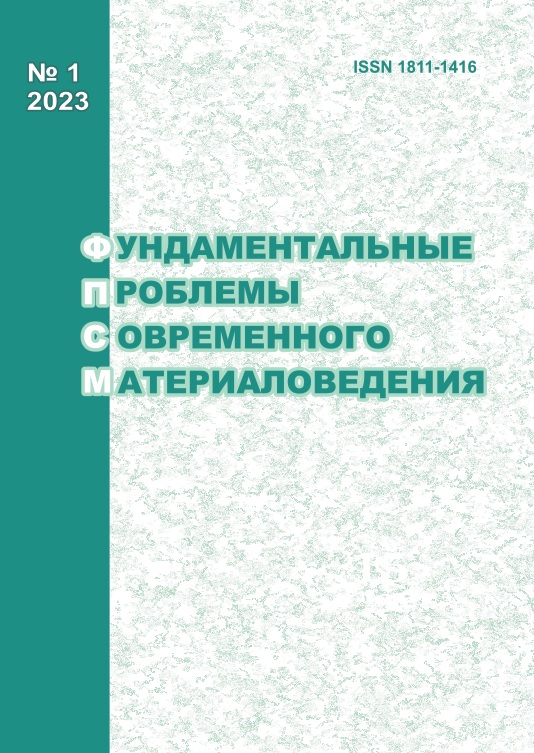PRODUCTION OF METAL BORIDES IN A HEATED ANODE SYSTEM
10.25712/ASTU.1811-1416.2023.01.002
Keywords:
borides, refractory metals, vacuum ion-plasma method, multilayer coatings, defective substructure, phase composition, hardness, wear resistanceAbstract
The formation of coatings is one of the methods actively used in various fields of industry to expand the range of applications for products for various purposes, which indicates the relevance of this direction. The purpose of this work is to study the vacuum ion-plasma method for obtaining coatings based on metal borides in a system with a heated anode, to analyze their structure, phase composition, hardness, and wear resistance. Coatings were formed on the surface of stainless steel specimens using a «COMPLEX» setup (Institute of High Current Electronics, Siberian Branch, Russian Academy of Sciences). Boron evaporation occurs in a non-self-sustained discharge with a thermionic and hollow cathode and a heat-insulated crucible anode in the method used in this work; metals are evaporated using a vacuum-arc evaporator. The optimal modes of coating deposition were selected, and their deposition rates were measured as a result of the performed studies. Coatings with a 1 μm thickness were obtained by simultaneous deposition of metal and boron with the assistance of argon plasma. Titanium, zirconium and chromium were used as the metal. It is shown that the coatings are multilayer, formed by alternating layers of boron (layer thickness (2.0-7.0) nm), which is in the amorphous state, and layers of nanocrystalline particles of metal boride (layer thickness (2.0-2.5) nm). It was found that the microhardness of the multilayer coating depends on the type of metal and reaches the maximum values (50.9 GPa; standard deviation 7.9 GPa) for the Ti-B system. The Young's modulus of the coating for this system, obtained from hardness testing, is 360 GPa.











 Journal «Fundamental’nye problemy sovremennogo materialovedenia / Basic Problems of Material Science»
Journal «Fundamental’nye problemy sovremennogo materialovedenia / Basic Problems of Material Science» This work is licensed under a
This work is licensed under a 
